Just below the 49th
The 49th Parallel, as it’s called, marks the border between the US and Canada from the Pacific Ocean to the Great Lakes. Signed as part of the Oregon Treaty in 1846 it ended years of dispute between the US and Britain and allowed trade between the two countries to continue with clearer rules. We had decided not to cross into Canada on this leg of Follow the Sun but it turns out we were going to get very close to the 49th Parallel.
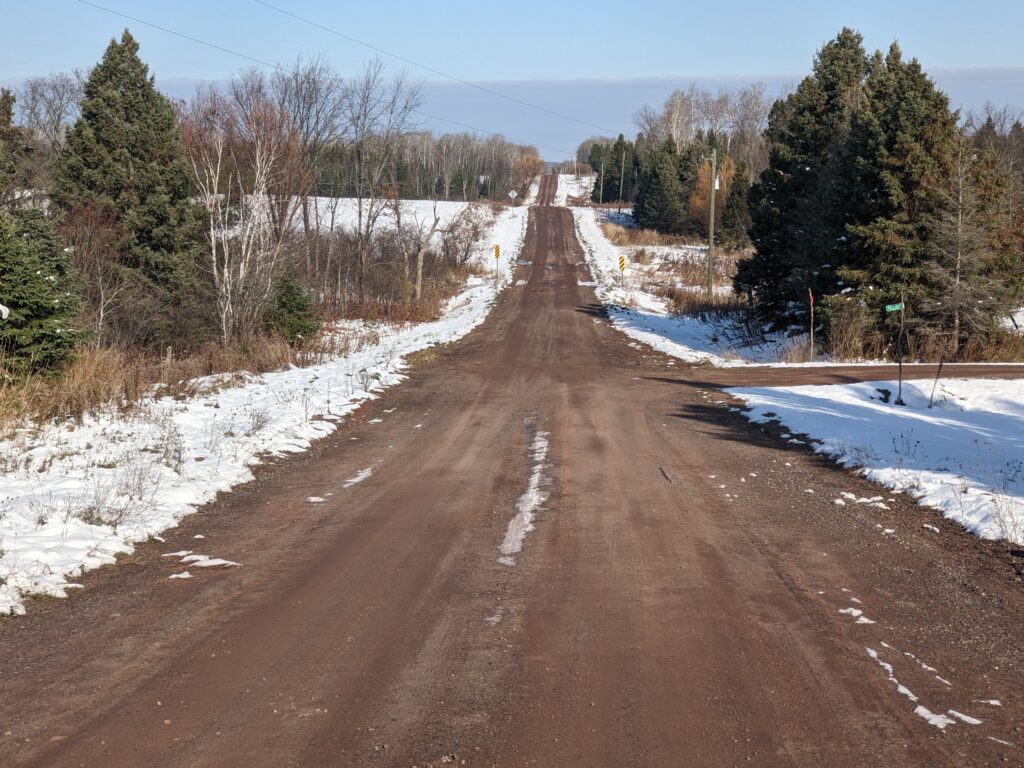
We had a fabulous night sitting around the fire in a national forest of remote Upper Peninsula (UP) Michigan and realised this obscure area of the US had really grown on us. In fact, all of Michigan had surprised us with it’s wonderful natural features, it’s shores with the different Great Lakes and particularly up here in UP with the thin population and frontier feel to it. It even felt a bit like Alaska at times, it was that good.
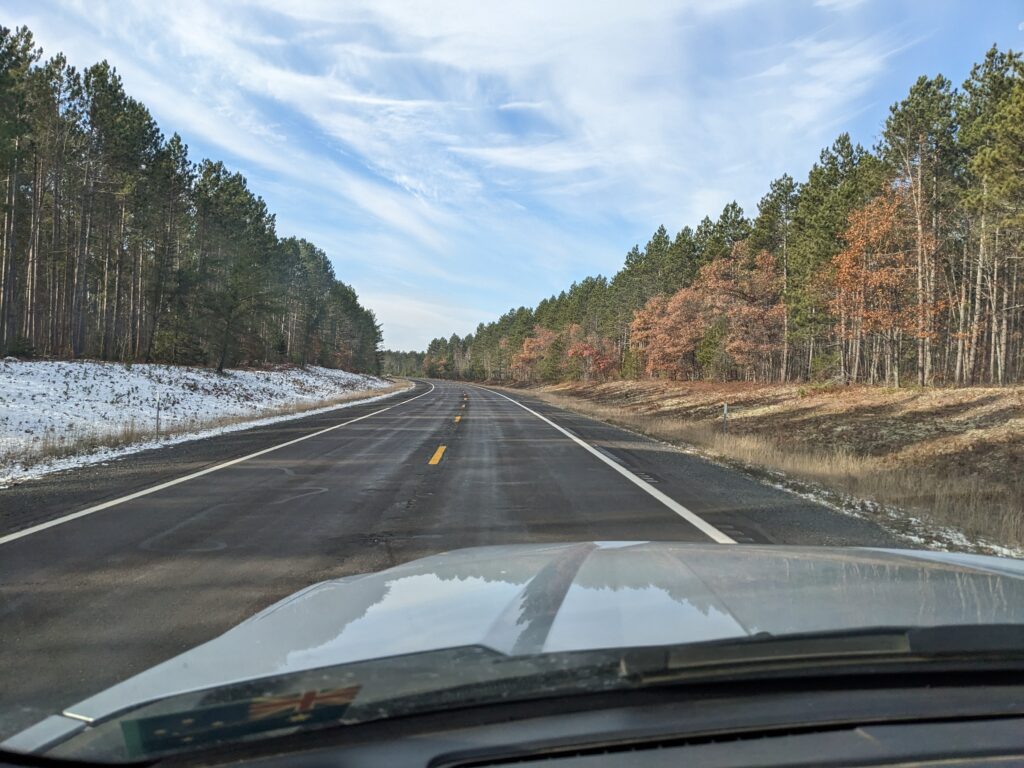
But we were heading west to California, or at least that was the plan, so we pointed Tramp in that direction and passed through the ore and copper mining town of Marquette. From there we crossed more of this beautiful forested land, rarely a car in sight, passing through a few small communities, patches of snow still on the ground after a storm came through a couple of days ago. We stopped at Bergland for a snowy lunch on the shores of Lake Gogebic and before too long crossed over into Wisconsin. And all the while the temperature never rose above a few degrees even if the sun shined bright.
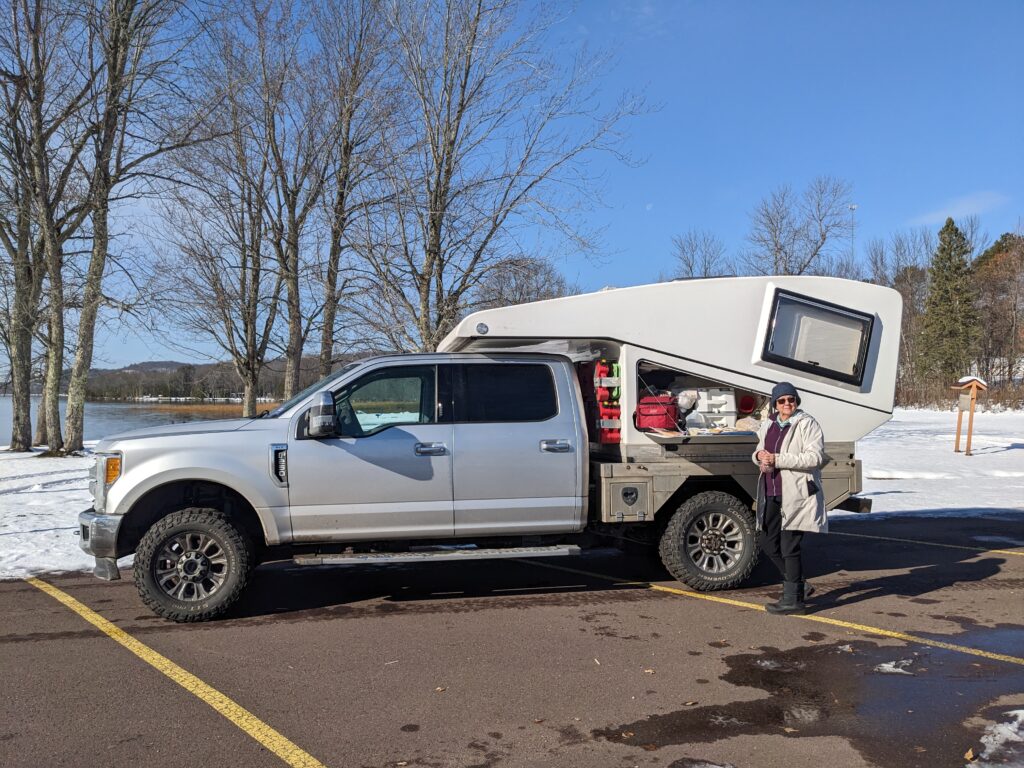
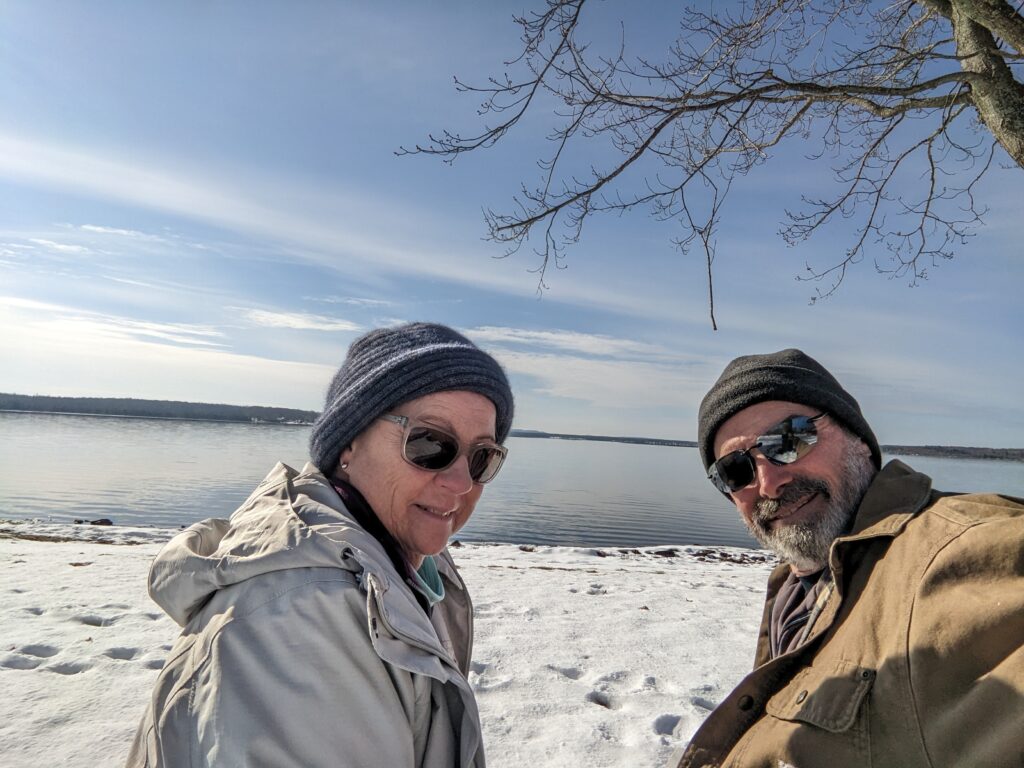
Wisconsin, nicknamed The Badger State, is known as a rural, agricultural and dairy state, often called ‘America’s Dairyland’, and is particularly famous for it’s cheese. But unfortunately we were time poor and couldn’t linger. Our plan was to drive through northern Wisconsin and into Minnesota but we had to detour for the Apostle Islands National Lakeshore, a group of islands at the end of a peninsula sticking out into Lake Superior.
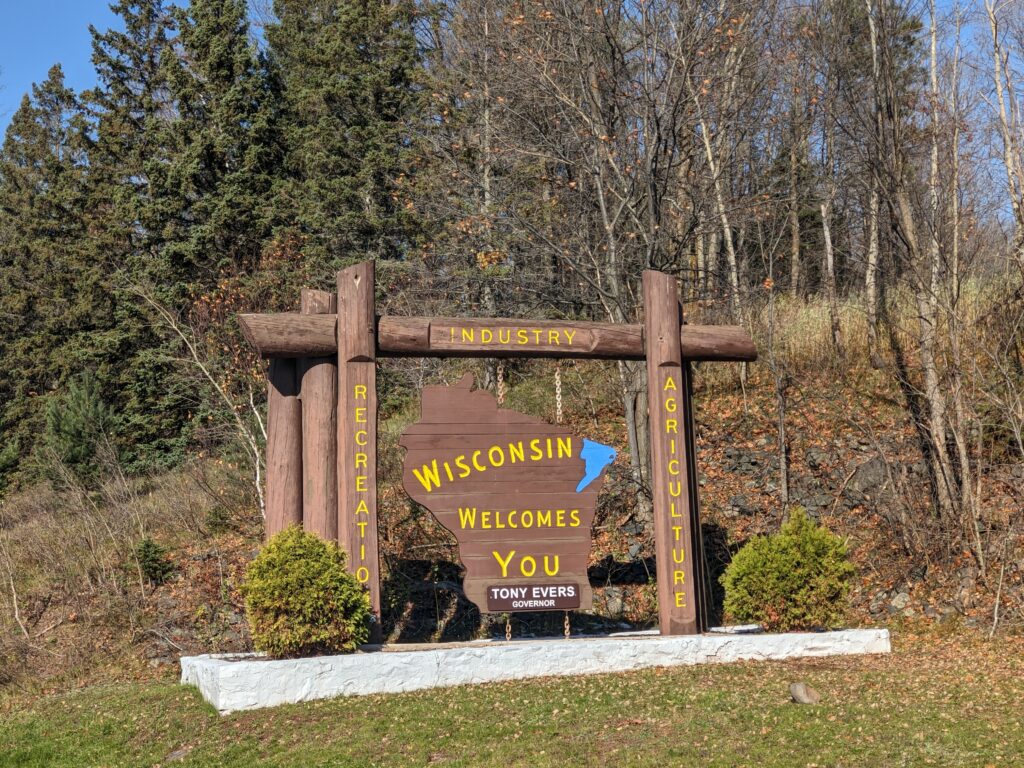
We explored this area a bit and used our imagination about how cool it would be in summer before moving westward, hoping to find a camping spot somewhere down the road. That didn’t happen and we ended up crossing the state line and camping for the night in a carpark next to two partly frozen ponds high on a hill overlooking Duluth Minnesota.
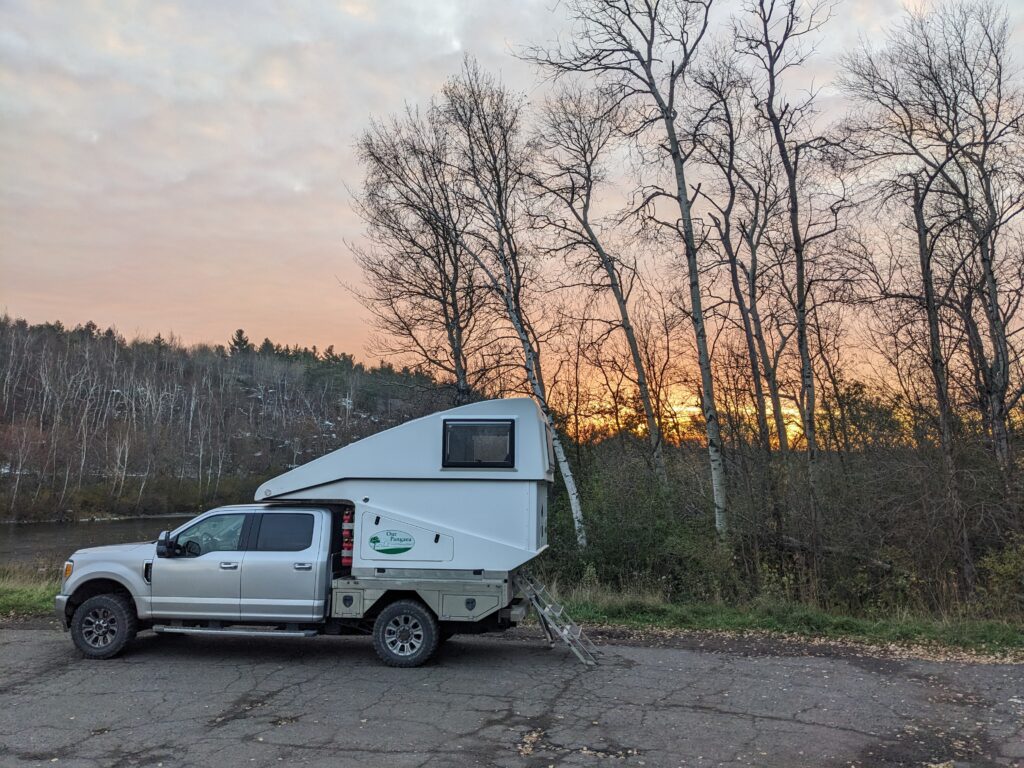
Minnesota is known as the Land of 10,000 Lakes and a quick look at the maps shows why. We wanted to check out Voyageurs National Park which covers a picturesque lakes area shared with Canada. And that means getting very close to the 49th Parallel.
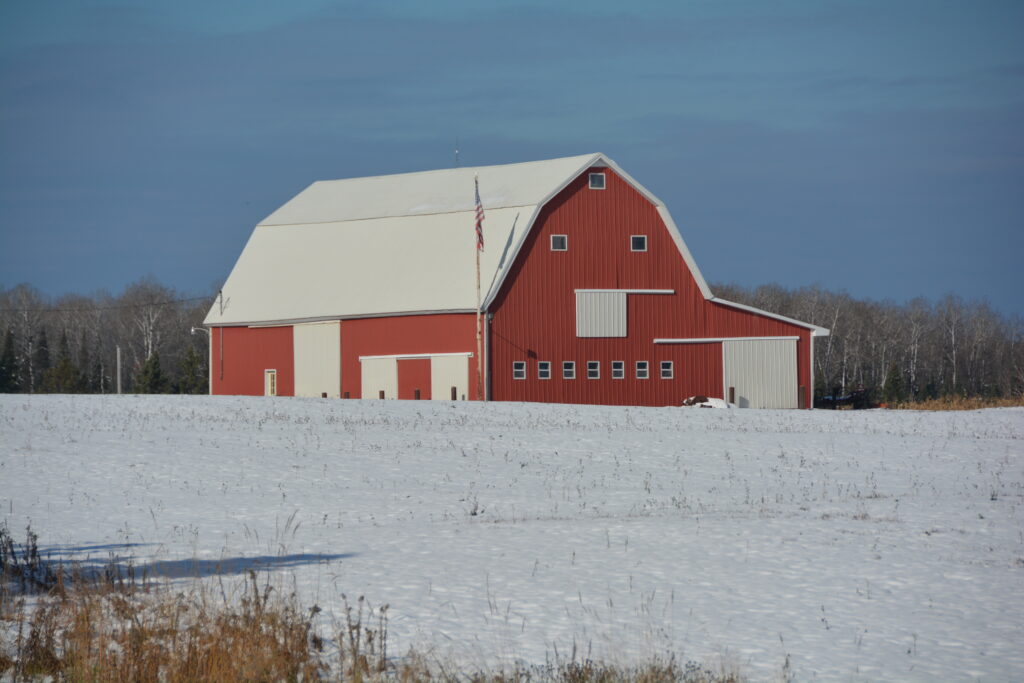
Minnesota is a large state without a lot of people so these northern stretches were covered mainly in boreal and conifer forests with most communities being very modest in size and spread far apart. Minnesota also gives you the population of each town on their city limits sign so we learned that most towns had less than 1,000 people and some much less. For instance, we stopped at Orr, population 277, to look at beautiful Pelican Lake, already frozen around the edges, and check out the local general store, always a great cultural experience.
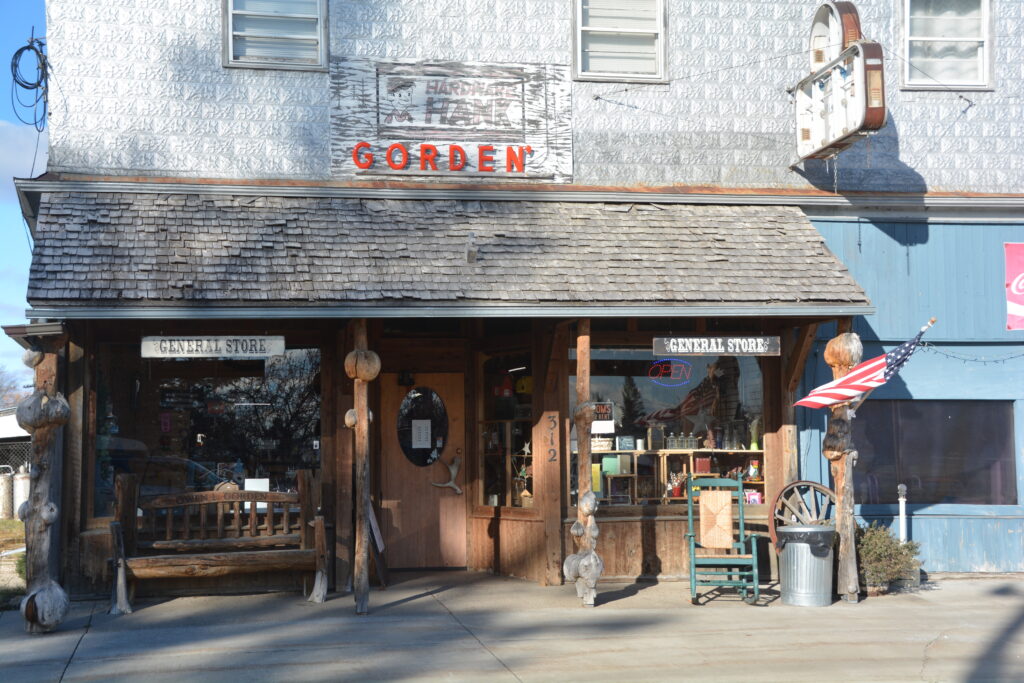
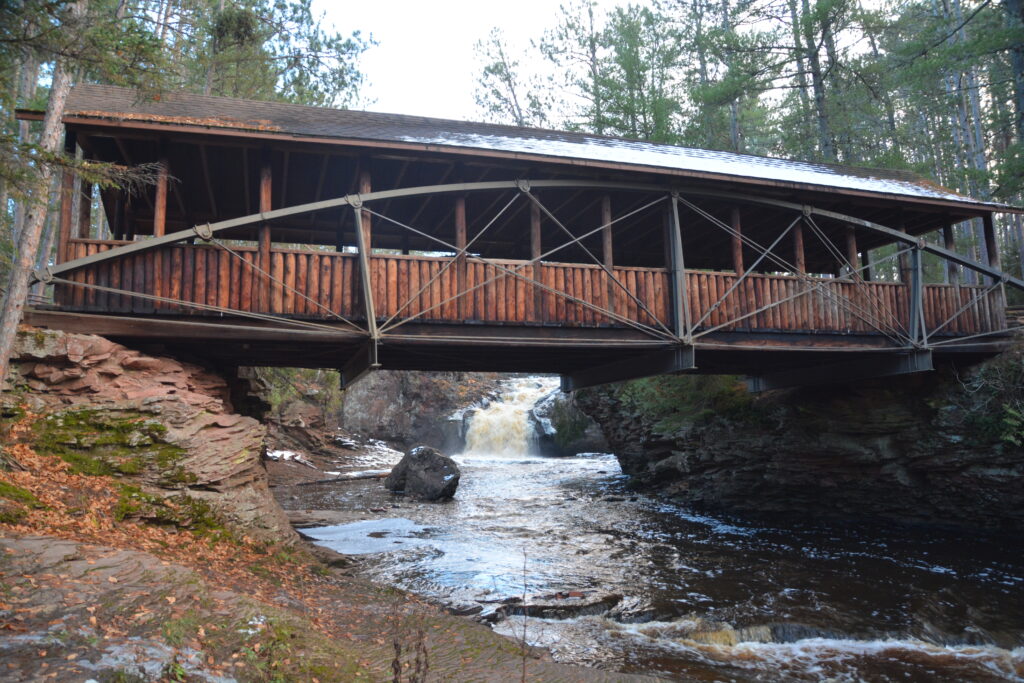
Voyageurs National Park protects a series of lakes, waterways, islands, marshes and forests that snuggle up to Canada and once was the home of a rich indigenous culture and later a vibrant hunter/trapper economy. Today it is a park best explored by boat and foot in warmer months but here we were in November without a boat. What to do?
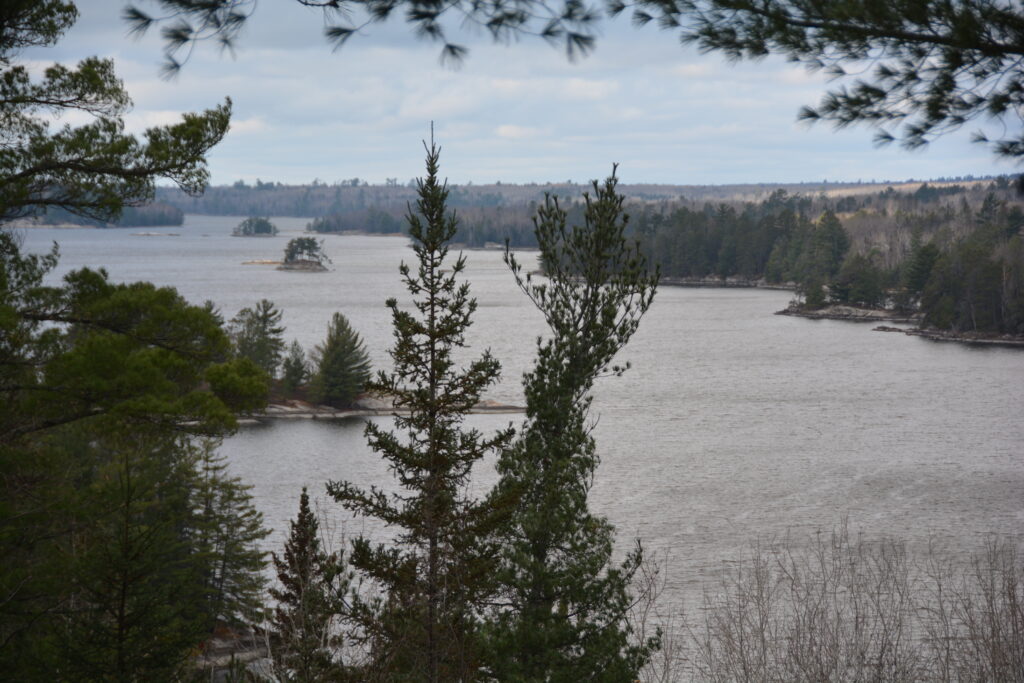
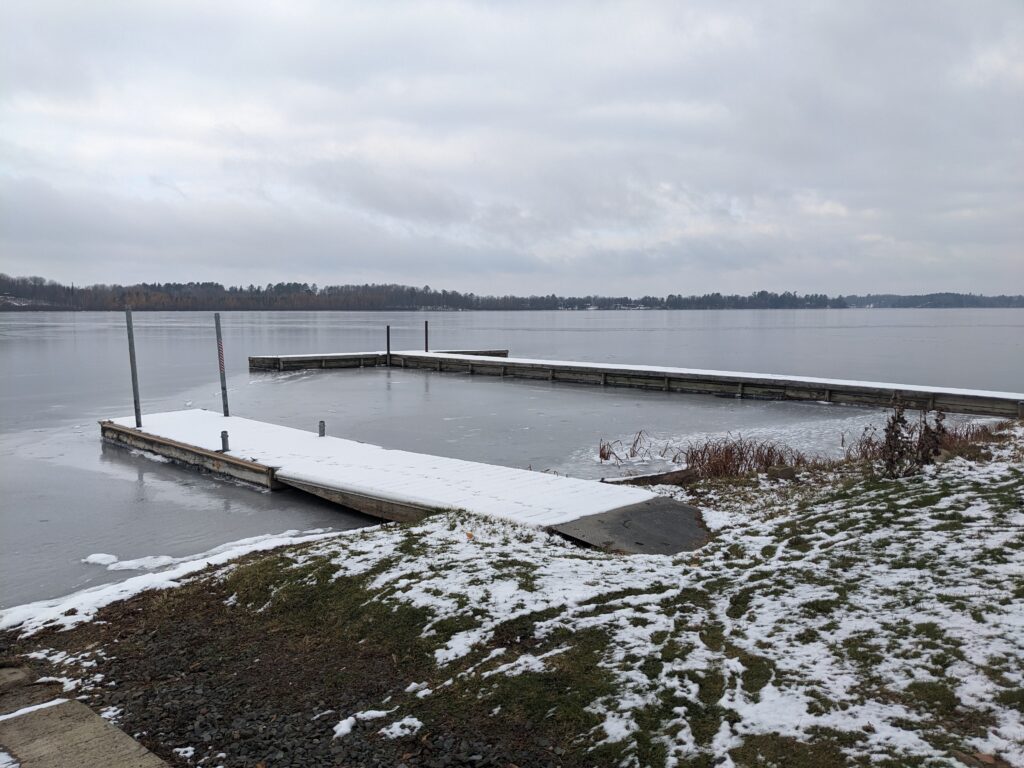
We took a couple of short walks through the forests and along the shoreline of the lakes near one of the (closed) visitor centres. And to prove the value of this preserved land, deer ambled across our road and a pair of otters played in a half frozen marshy pond. Voyageurs National Park looked fantastic and reminded us – again – of the huge wonderful rich diversity of what America’s national parks have to offer. Whether it is mountains, valleys, rivers, lakes, oceans, forests or any imaginable combination the country’s national parks have it covered and does it in spades. Hooray for that.

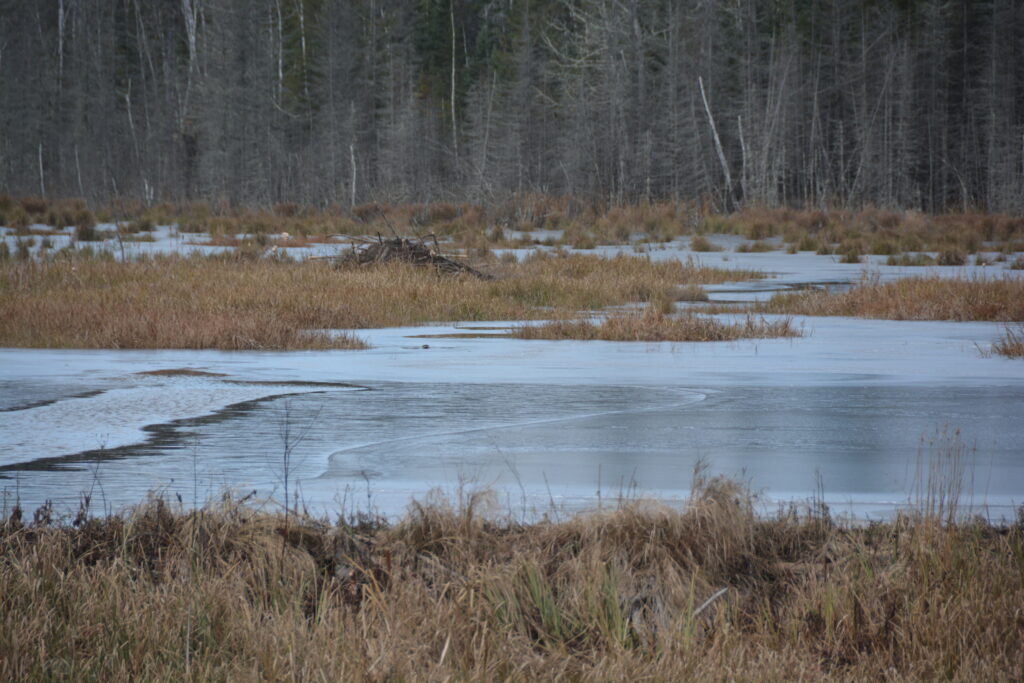
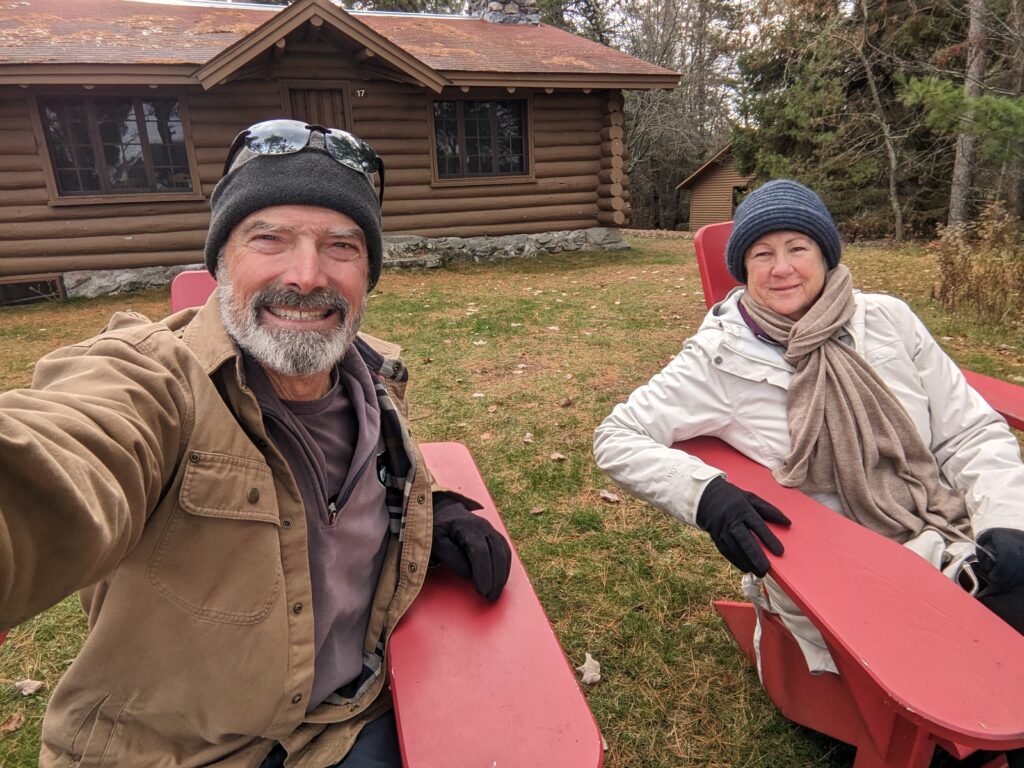
And sitting overlooking one of the lakes we realised this is the furthest north we would venture on this continent on this leg of Follow the Sun, measured out at 48°43 north latitude, not quite 49° which was on the other side of the large island in front of us. And here’s a fun fact, London is at 51°50, significantly further north than this point, and much of Europe is even higher. We love the latitude game.
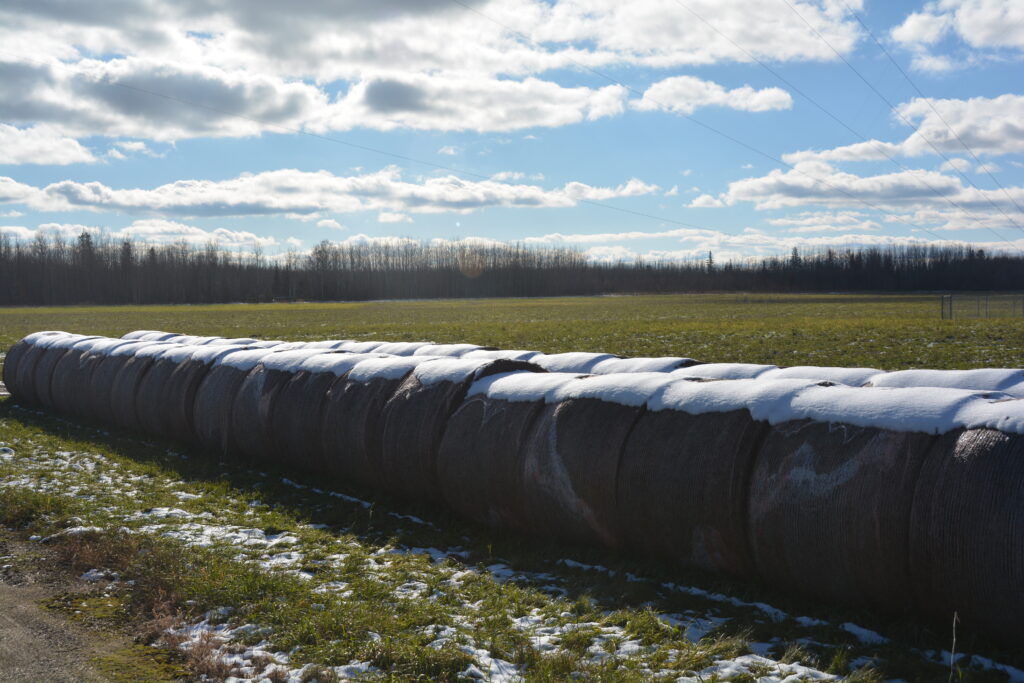
South and west we headed, through more forested land, sprinkled occasionally with cleared land and huge rolled bales of hay, partly covered in snow, marking the fields. But there was much action afoot as this was the first day of deer hunting season and every pickup is pulling a trailer with an ATV on it, guns stacked and ready, camouflage clothing de rigueur.
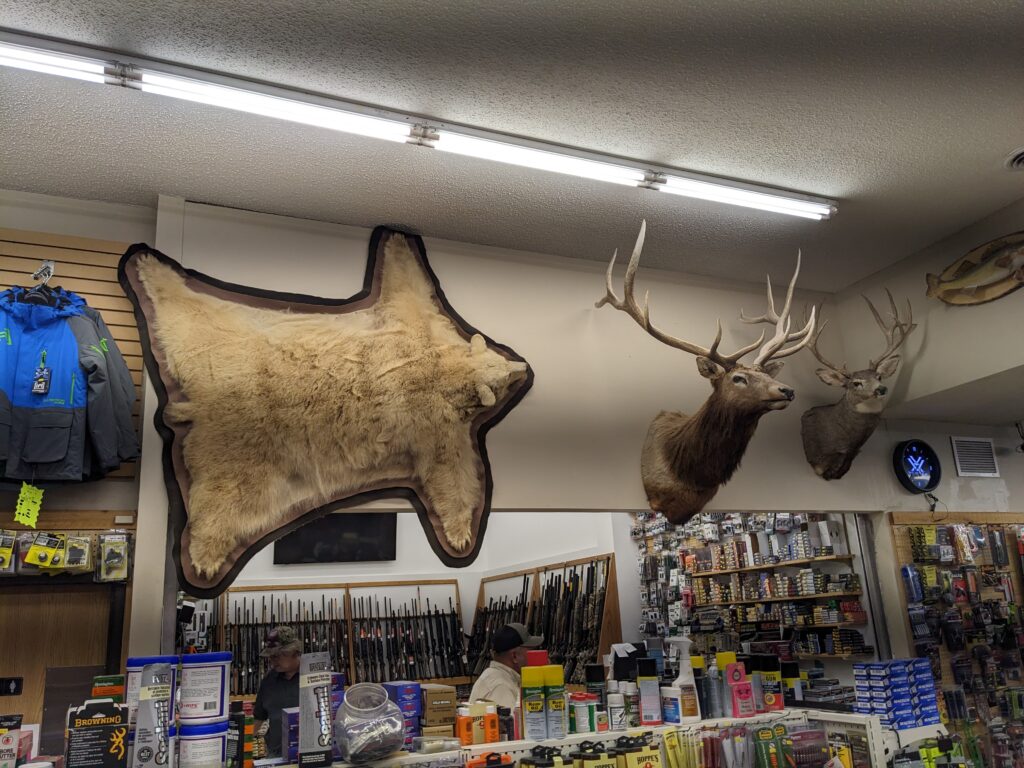
Reluctant to bush camp in a national forest and become a trophy above some hunter’s fireplace we opted for another one of these closed but open state park campgrounds near the town of Bemidji (the home no less than of the mythical giant lumberjack Paul Bunyan). No facilities were open in the camp but we were the only ones there and had a beautiful quiet night.
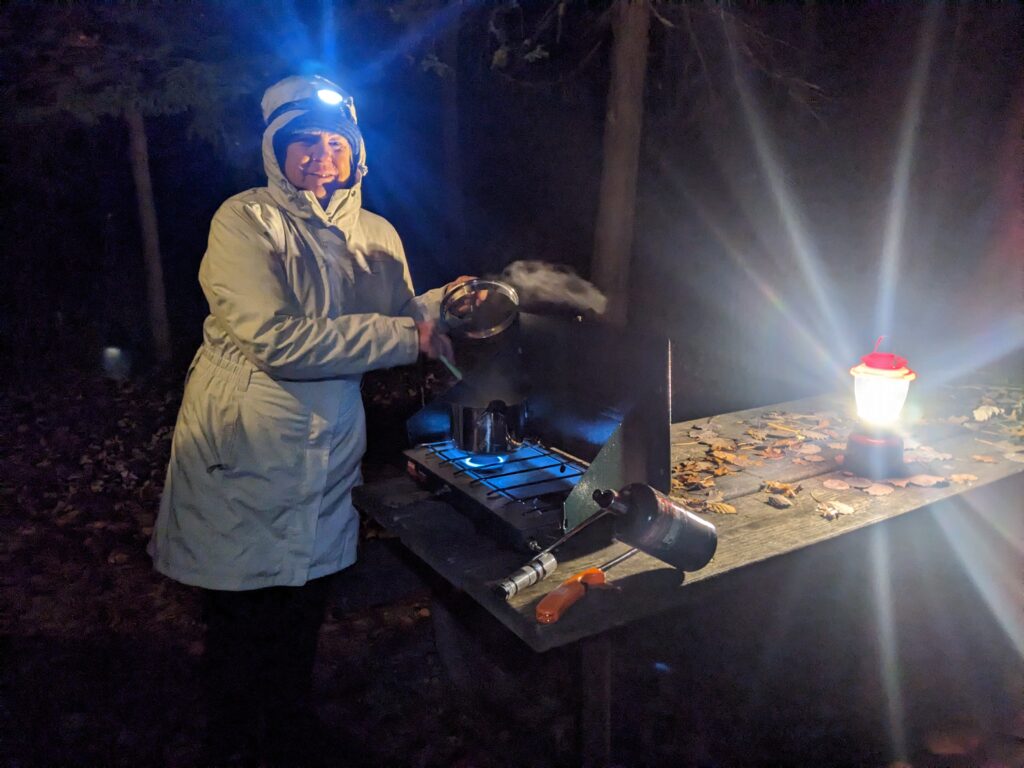
The maximum temperature for the entire day was only 4°C (39°F) but as we set up camp it dropped to below freezing and continued to go south. When the mercury hit -5°C (23°F) and was still dropping I declared it was too cold to sit around a fire. Julie had already voted with her feet and was inside with Tramp’s cosy heater on full blast. And we saw at 3am the temperature had dropped to -11°C (12°F), a very chilly night indeed and our coldest on all of Follow the Sun, including some freezing nights at high altitude in the Bolivian Andes. It was cold.
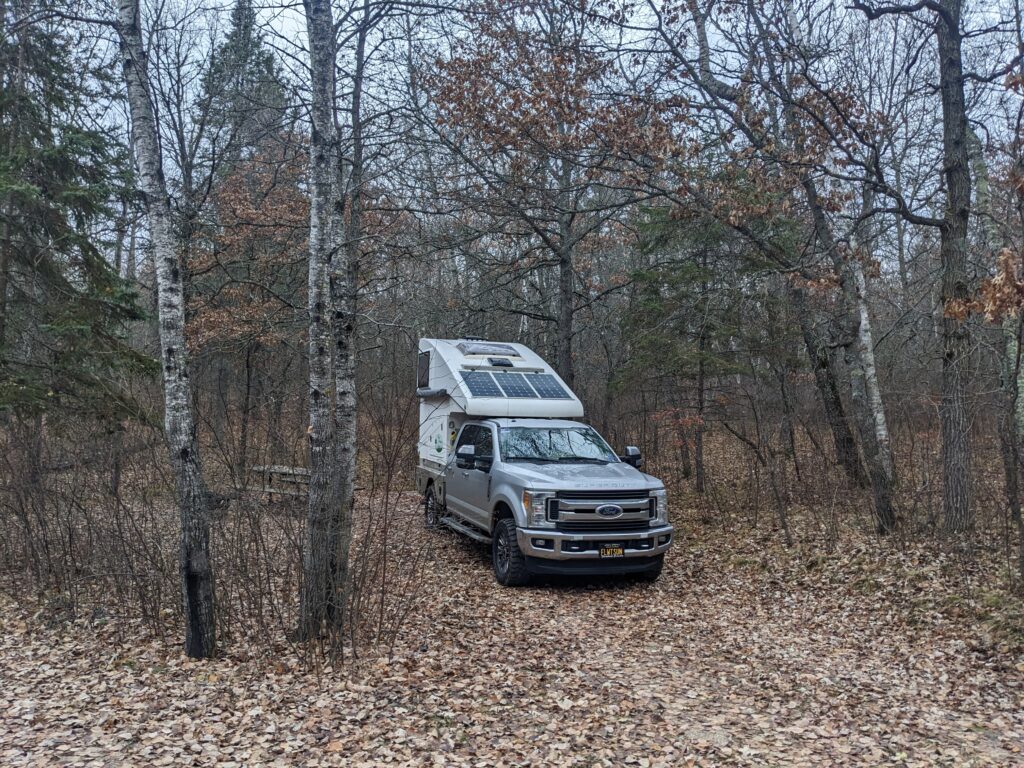
Chilled but functioning, we headed across the frozen fields to Itasco State Park which hosts one of the most interesting geographical features in all of the United States. Flowing across the rocks and out of the mouth of Itasco Lake was the start of a mighty American river – the Mississippi.
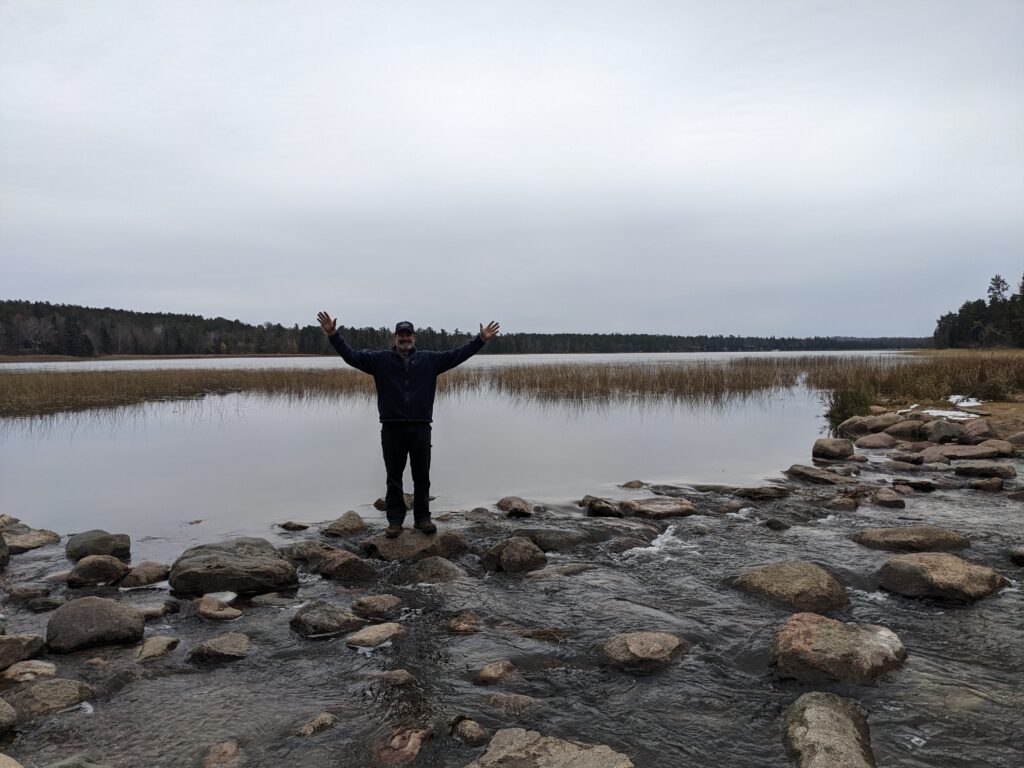
All rivers have to start somewhere and this obscure lake, fringed by frozen water and fed mostly by underground springs, is the source of the Mississippi River, America’s mightiest and most famous river, host to explorers, commerce, trade and a bountiful life along it’s every increasing banks before it finally flows into the Gulf of Mexico over 2,340 miles (3800 kilometres) downstream of where we stood. Curiously, we crossed the mouth of the Mississippi down in Louisiana at the start of Follow the Sun so it was fitting we visited it’s source at the end of our journey.
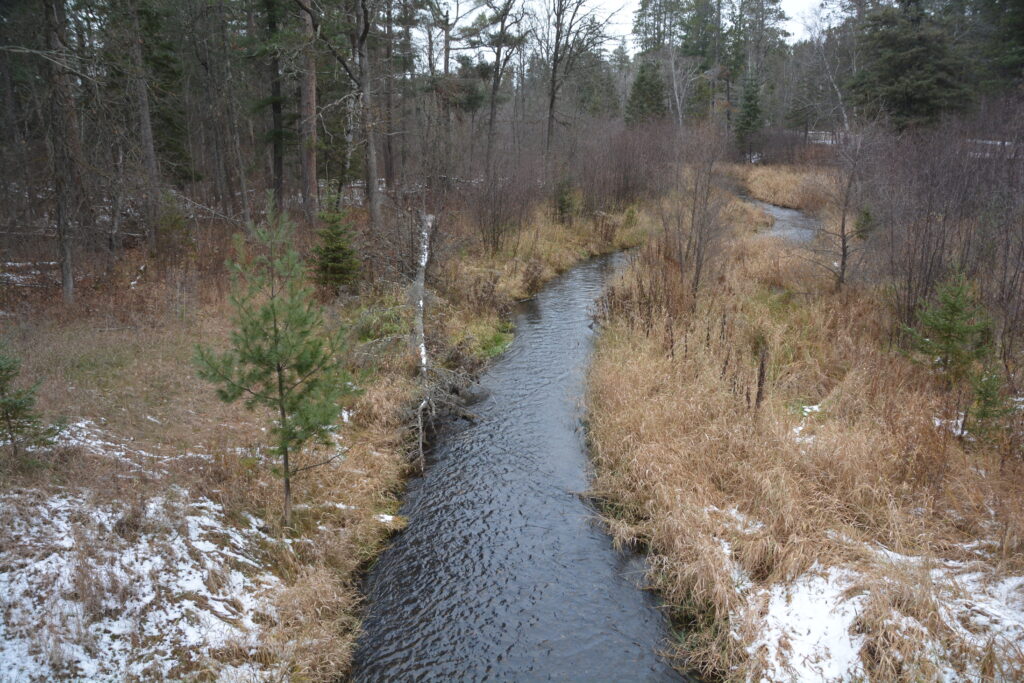
We moved westward towards the state line between Minnesota and our next state, North Dakota. Deer hunting season was in full swing and we saw a number of florescent orange-dressed hunters with guns slung over their shoulder on their ATVs or walking in the trees or on the roadside.
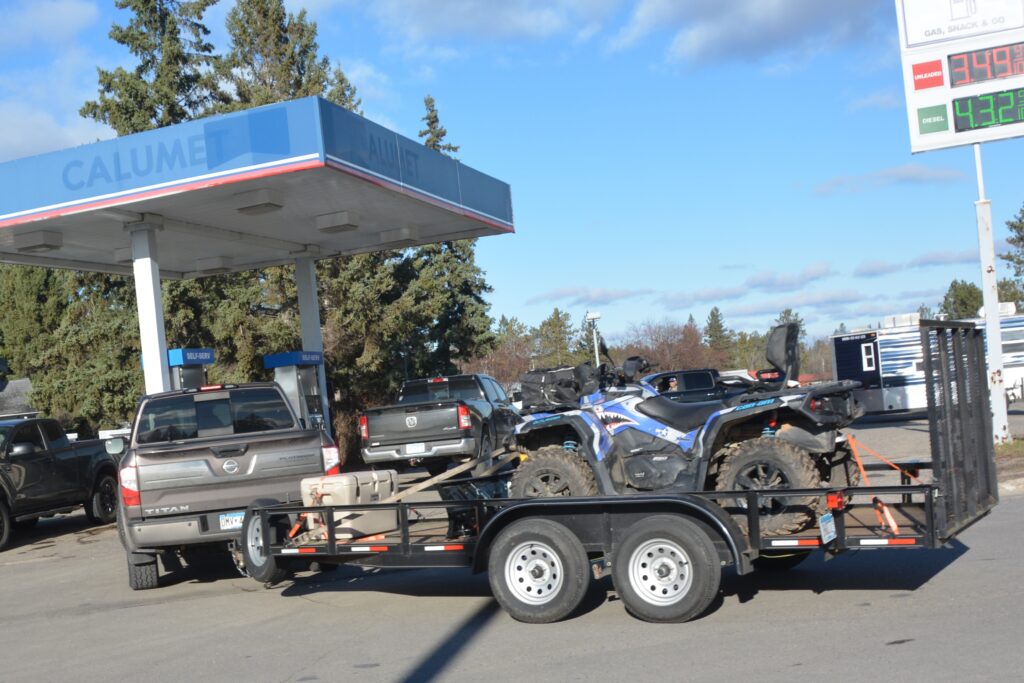
Then we came across Dave and his grandson Logan, who we found driving an ATV and pulling a sled with a large freshly killed buck in it. We stopped and introduced ourselves and Dave was happy to talk about his son’s kill and how hunting all worked in these parts.
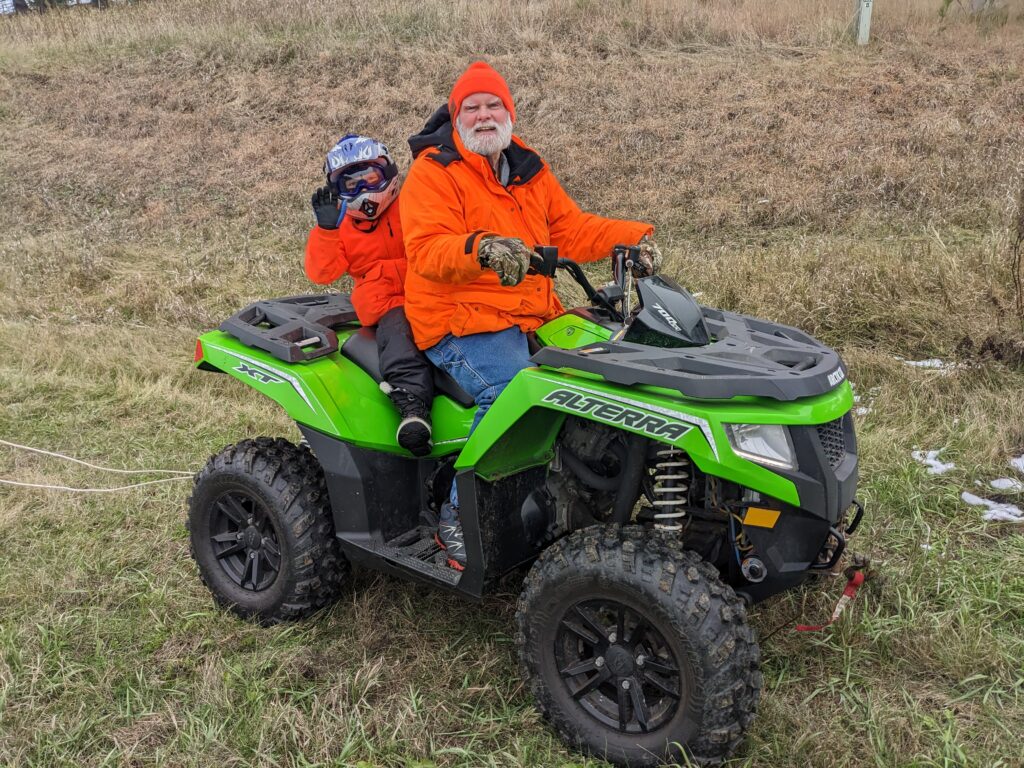
As we knew, each state and each zone within a state can set both their dates for hunting of different animals with different weapons and any other special conditions. The number of tags a hunter gets each year varies depending on how many deer are estimated to be available and there are other strict conditions for each hunt.
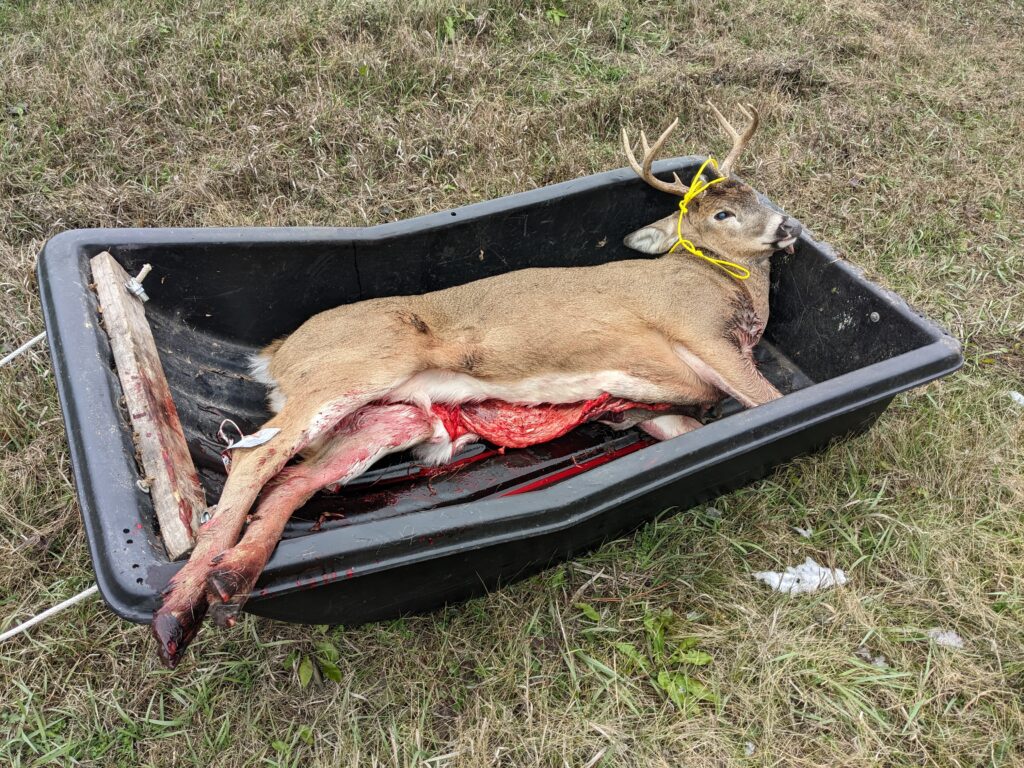
We were in Zone 684 which Dave explained also had the rule that each deer had to be tested for a specific contagious disease before it could be ‘prepared’ which means cut up and turned into venison, sausages, jerky or whatever else. It was great fun to get an extra understanding and appreciation of this very important and traditional form of sport in America.
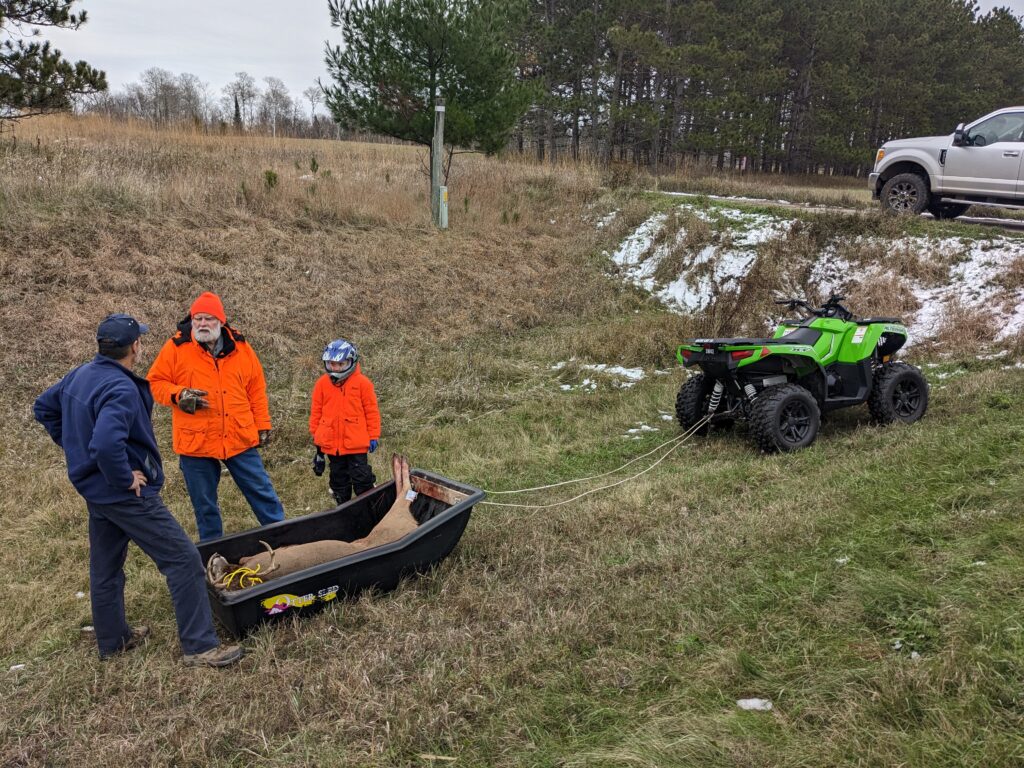
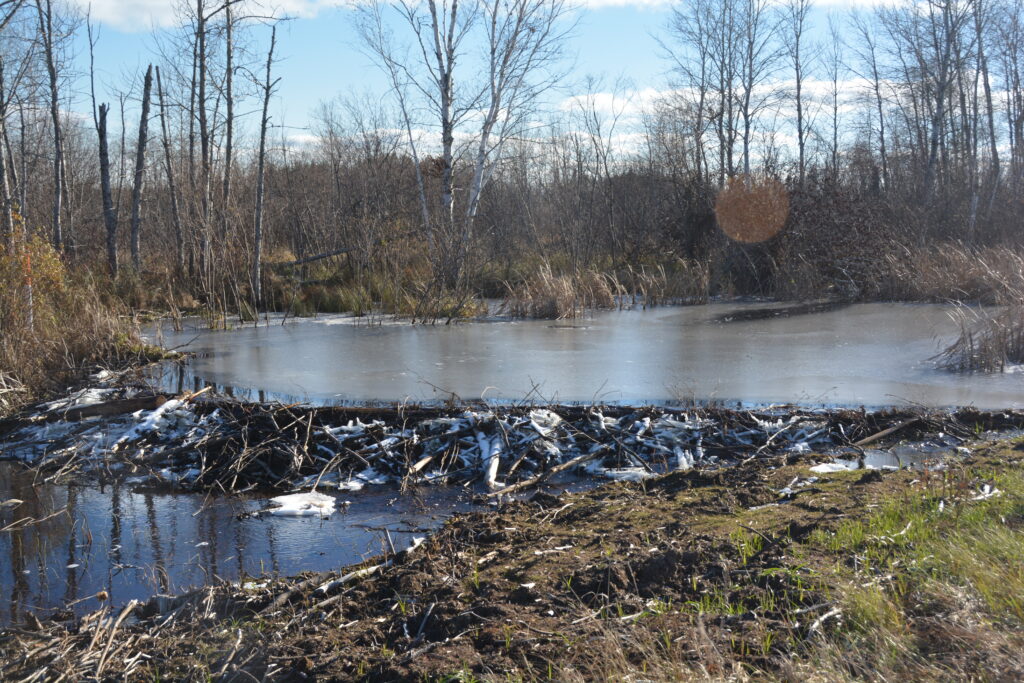
We finally crossed the border into North Dakota and dragged Main Stret of the state’s most famous city – Fargo. Made famous, or infamous, by the movie and TV show, we were very disappointed by what we found which was a fairly bland, colourless and unappealing town. At least the TV show was good.
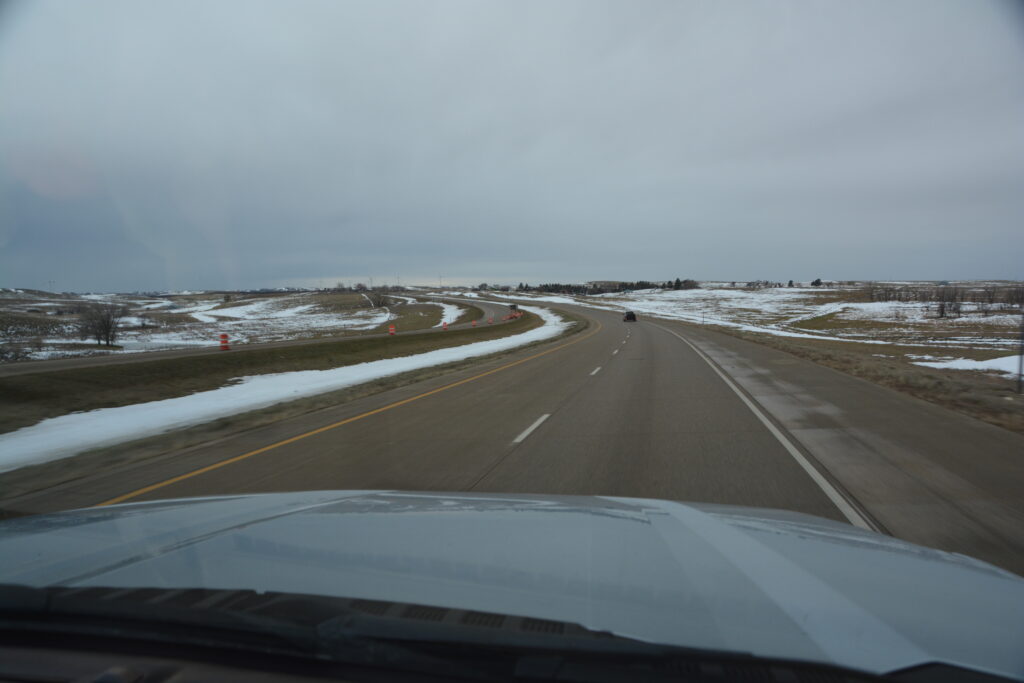
We crossed a lot of flat grey nothingness for an hour or so before camping at Moon Lake, a small recreation site that the state government provides it’s good citizens and which we gratefully took advantage of. It was a much warmer night, only -1°C as we sat around the fire, practically balmy. Ah, we said, North Dakota, we always wanted to come here.
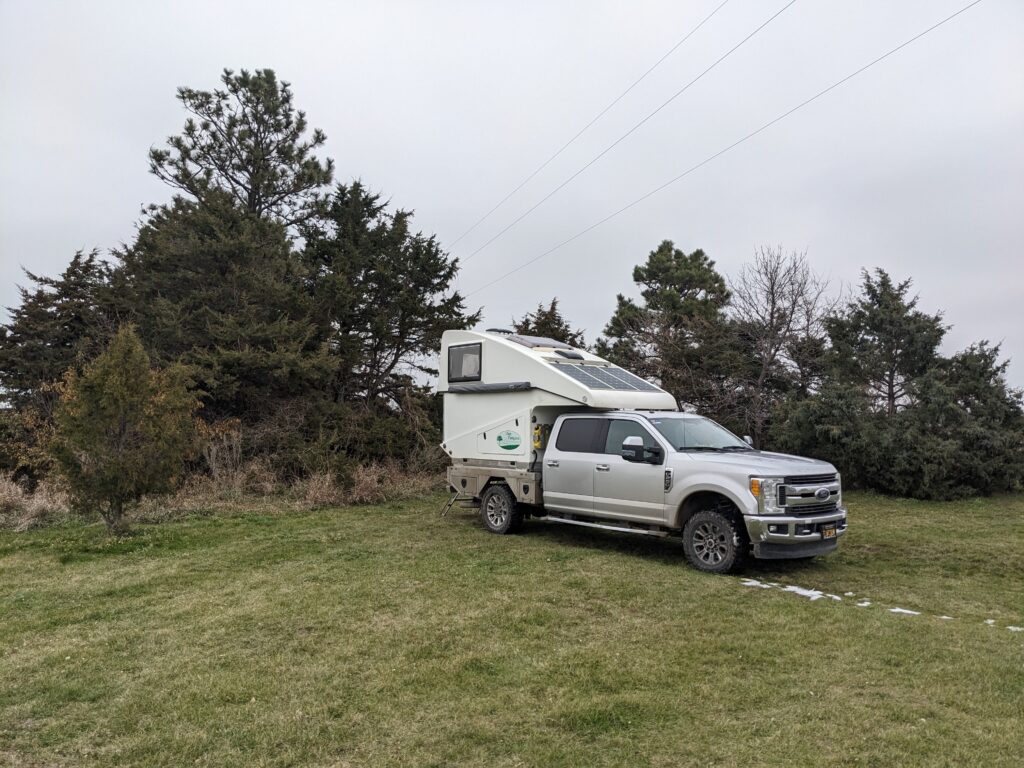
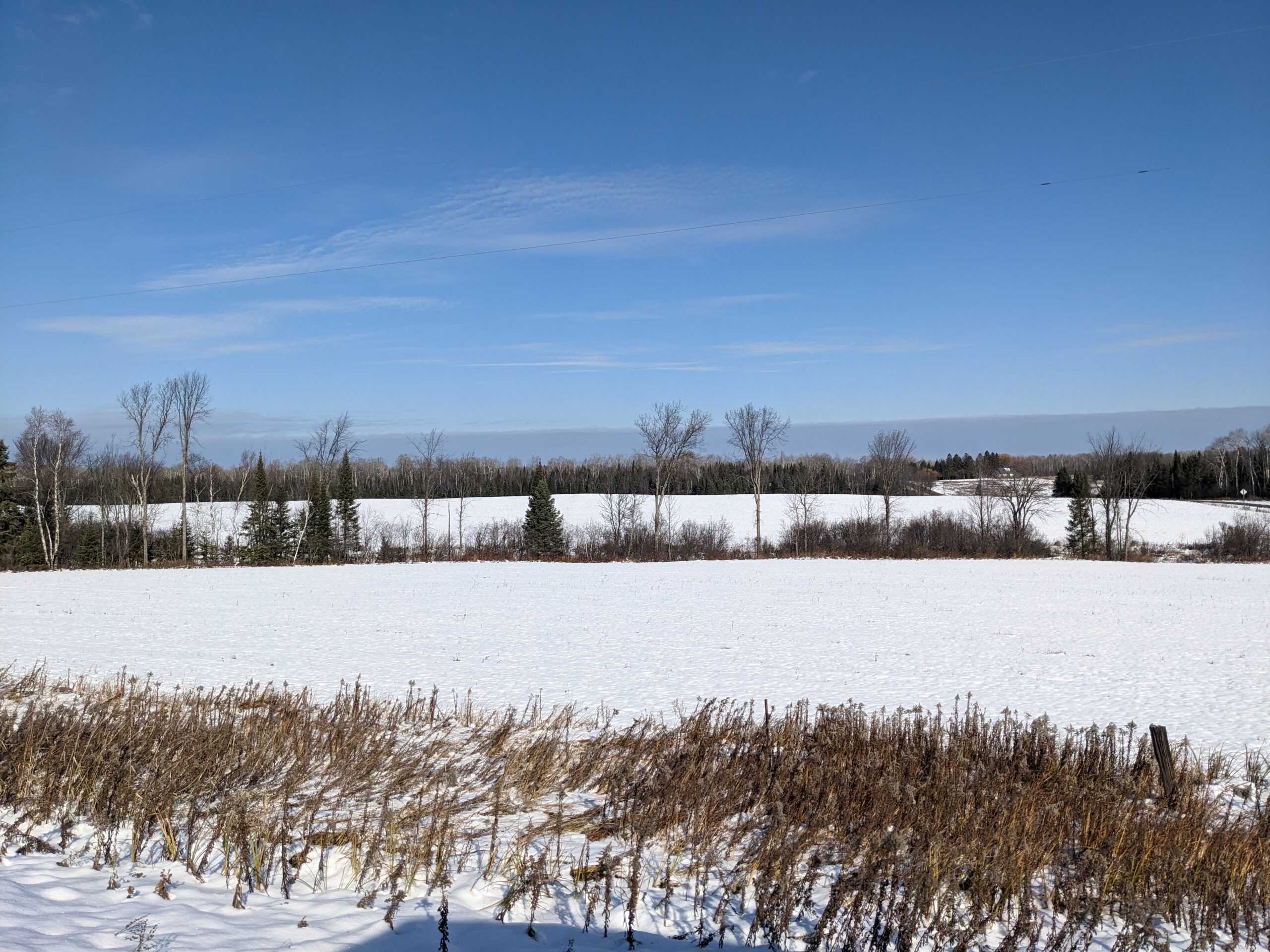
Comments
Just below the 49th — No Comments
HTML tags allowed in your comment: <a href="" title=""> <abbr title=""> <acronym title=""> <b> <blockquote cite=""> <cite> <code> <del datetime=""> <em> <i> <q cite=""> <s> <strike> <strong>